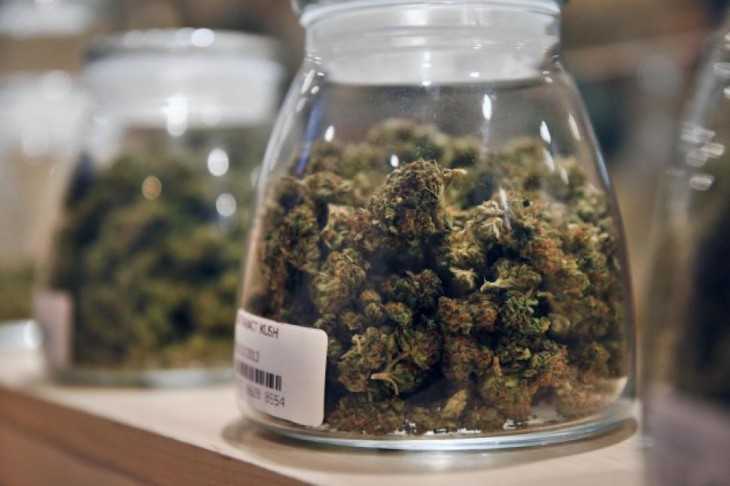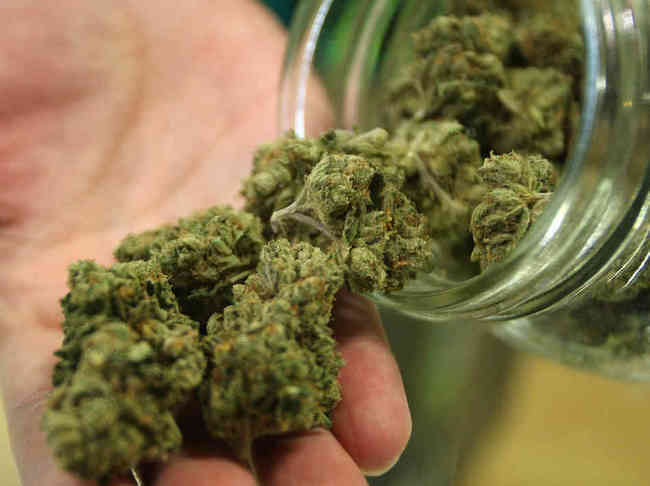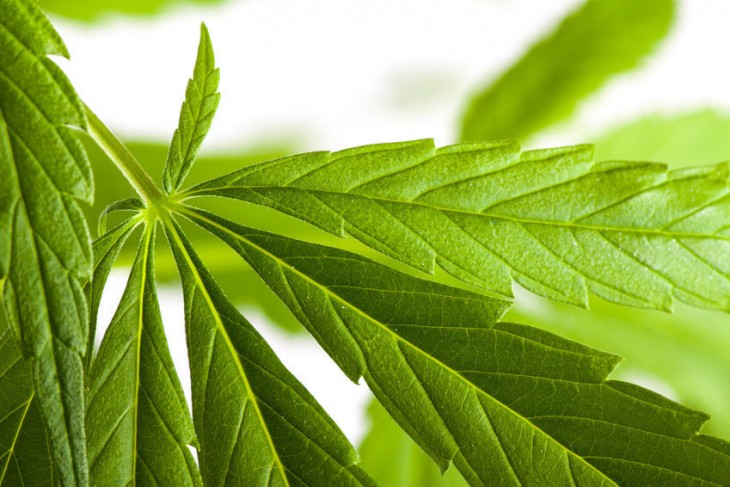Thrips and whiteflies are two marijuana pests that work very much the same way as aphids. And they are equally dangerous too. The damage that these pests do to marijuana crops is inexplicable. One of the reasons that such pests are able to survive to a point of mass crop destruction is that it’s hard to detect them. They’re usually small and they live on the sides of leaves or under them. Also, the kind of symptoms they reveal is very similar to those of nutritional deficiency. All such factors lead to late detection and that’s the reason they are dreaded.
So, if you’re a marijuana cultivator and wondering, how do I know if I have thrips or whitefly on my plants, then, you’d better watch out for the following symptoms.
1. Leaves Become Sticky
Thrips and whiteflies suck on the leaves and release a sticky liquid. So, if the leaves of marijuana crops turn sticky or they start developing mold, it might be an indication that pests have festered already.
2. There Are A Lot Of Ants
Whilst it’s normal to have ants in a garden, if you suddenly start noticing that they’re unusually growing in number, it might be a clear indication that you have Thrips and whiteflies. How? Well, the sticky substance that these pests release attracts insects, mostly ants.
3. Leaves Change Color
Marijuana leaves will start turning yellowish-brown when infected with pests. Also, they might curl upwards, look shriveled, and develop fungus. Any or all these symptoms aren’t nutritional deficiency only. They could be a result of thrips, aphids, and whiteflies.
4. Plants Become Weaker
Plant pests suck all nutrition from the marijuana crops. As a result, the crops appear weak. They stop growing and start drooping. If you notice such stunted growth, you might want to check above and around the leaves.
A few other symptoms that your marijuana crops might be suffering from pest attack include the following.
- Leaves have holes.
- Buds and stem start decaying.
That being said, once you realize that marijuana crops have been affected by pests, you should adopt the following techniques to get rid of them sap-sucking parasites.
- Prune and hose the plants.
- Use fans to allow breeze and ventilation in indoor crops.
- Use organic insecticides like Spinosad and Botanigard ES.
- Introduce pest-eating lacewings and ladybugs in your garden.
- Use horticultural oils like Neem oil.









